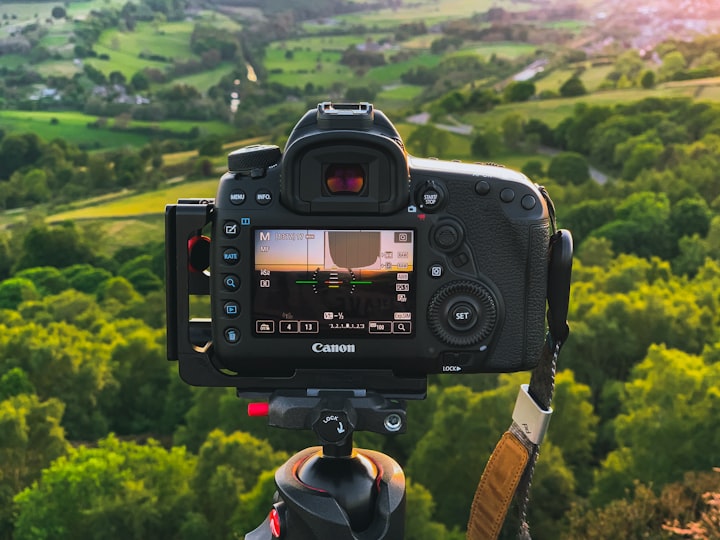Why Shooting RAW is Better Than JPEG
RAW vs JPEG

In the world of digital photography, the choice between shooting in RAW or JPEG format has been a subject of debate among photographers for years. Both formats have their advantages and disadvantages, but shooting in RAW has gained increasing popularity among professional photographers and serious enthusiasts. In this article, we'll explore the reasons why shooting in RAW is often considered better than JPEG.
Maximum Image Quality:
When you take a photo in RAW format, your camera captures all the data from the image sensor without any processing or compression. This means you get the highest possible image quality, with all the details, colors, and tones preserved. In contrast, shooting in JPEG involves in-camera processing and compression, which leads to a loss of some image data. This lossy compression can result in the loss of subtle details and introduce artifacts, especially in high-contrast or high-saturation scenes.
Greater Post-Processing Flexibility:
One of the most significant advantages of shooting in RAW is the unparalleled flexibility it provides in post-processing. With a RAW file, you have complete control over adjusting exposure, contrast, white balance, sharpness, and other parameters in post-production. This means you can rescue overexposed or underexposed shots, fine-tune colors, and bring out hidden details that would be nearly impossible with a JPEG file.
White Balance Adjustments:
Correcting white balance errors in post-processing is much easier with RAW files. In JPEGs, white balance is often fixed at the time of capture and is challenging to change without introducing unwanted color shifts or noise. Shooting in RAW allows you to make precise white balance adjustments, ensuring your photos look as natural and accurate as possible.
Extended Dynamic Range:
RAW files typically capture a broader dynamic range, preserving both shadow and highlight details in high-contrast scenes. This means that you can recover information from blown-out highlights or dark shadows more effectively when shooting in RAW. This capability can be particularly valuable in landscape, architectural, and portrait photography.
Non-Destructive Editing:
When editing a RAW file, you're working with a non-destructive format. This means that you can make numerous adjustments and save different versions of the image without degrading the original file's quality. In contrast, JPEG editing tends to be more destructive, as the format introduces compression artifacts with each save. This flexibility is a lifesaver for photographers who like to experiment with their editing and have multiple versions of their work.
Better Noise Control:
RAW files typically exhibit less noise compared to JPEGs, especially at higher ISO settings. In low-light conditions, this advantage becomes evident, as you can maintain image quality while minimizing the visible noise. RAW processing software often includes noise reduction tools that offer more control and better results compared to in-camera processing.
Future-Proofing:
RAW files serve as digital negatives, preserving all the information captured by your camera. As image processing technology advances, you can reprocess your RAW files with the latest software to take full advantage of new developments in post-processing. JPEG files, on the other hand, are more limited in their adaptability to future improvements.
While shooting in RAW offers numerous advantages, it's essential to acknowledge that it also comes with some drawbacks. RAW files take up more storage space, require additional time for post-processing, and might not be suitable for every situation, especially when you need to share photos quickly. However, many photographers find that the benefits of shooting in RAW far outweigh the inconveniences.
In conclusion, shooting in RAW provides photographers with the best possible image quality, unparalleled post-processing flexibility, and the ability to preserve the full dynamic range of their scenes. While JPEG is convenient for casual photography and immediate sharing, professional and serious amateur photographers often prefer RAW for its superior image control and quality. If you're looking to take your photography to the next level, consider making the switch to shooting in RAW.
About the Creator
Justin Douglas
An avid gardening lover and a photographer





Comments
There are no comments for this story
Be the first to respond and start the conversation.